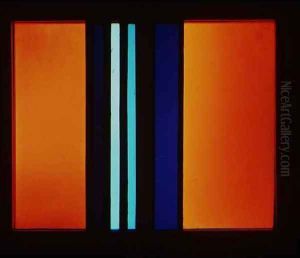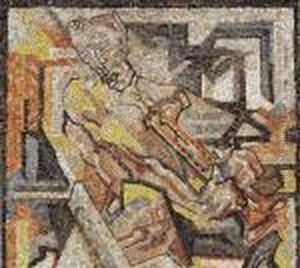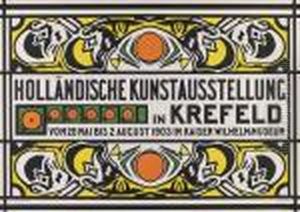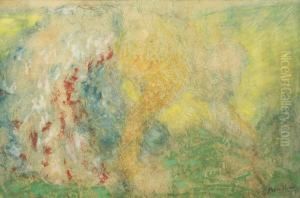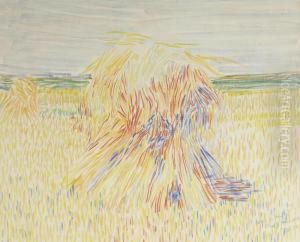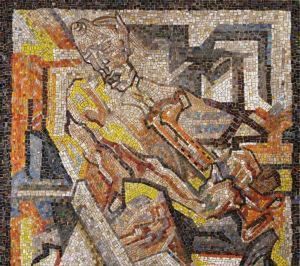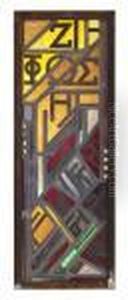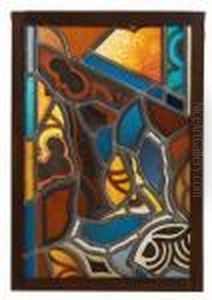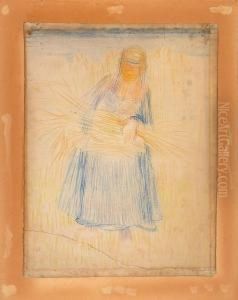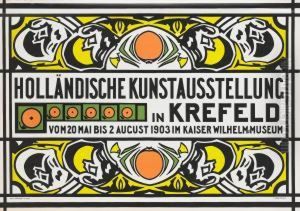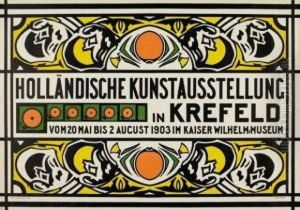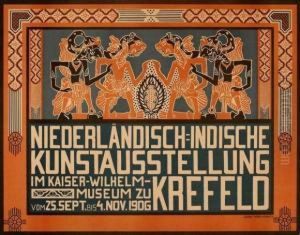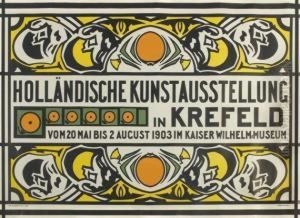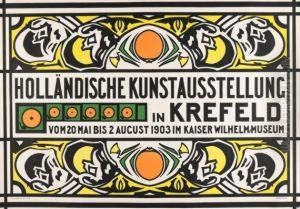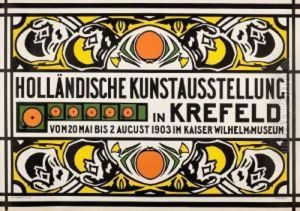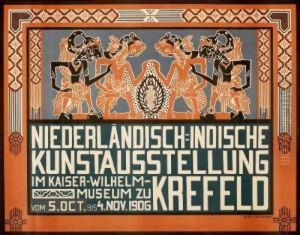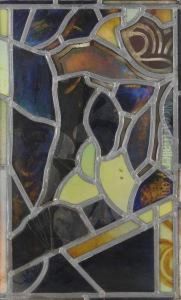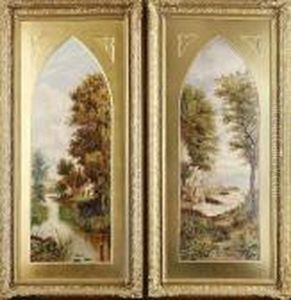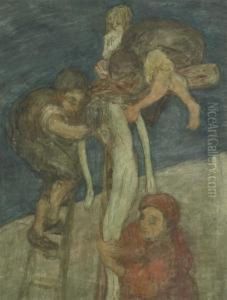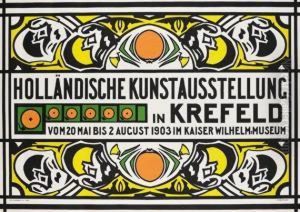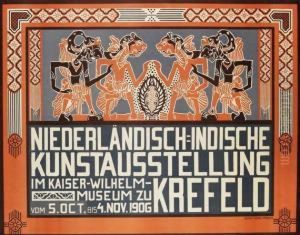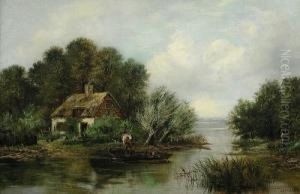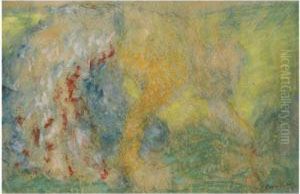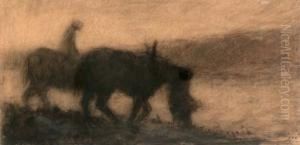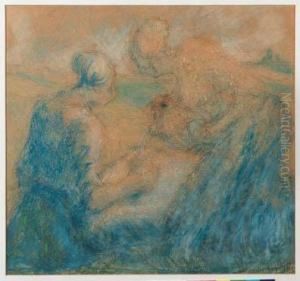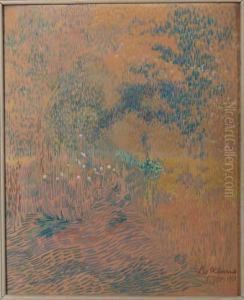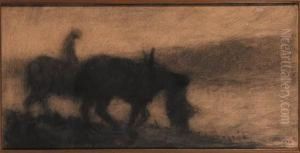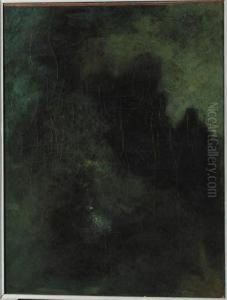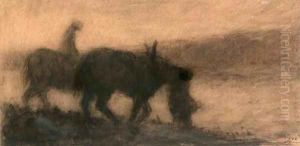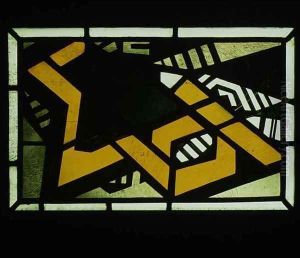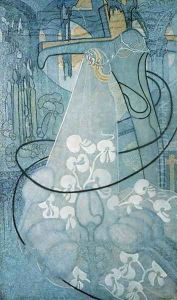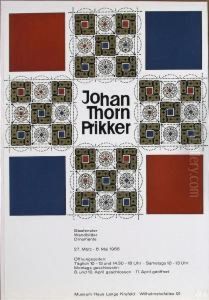Johann Thorn Prikker Paintings
Johan Thorn Prikker was a Dutch artist who was born on June 5, 1868, in The Hague, Netherlands. He is known for his innovations in religious symbolism, stained glass, and monumental art, as well as for his contributions to the Art Nouveau movement. Prikker started his artistic career as a painter, initially influenced by Symbolism and the works of Vincent van Gogh. He was also associated with the Arts and Crafts movement, which emphasized the importance of handcraftsmanship and the beauty of decorative arts.
In the early 20th century, Prikker shifted his focus towards applied arts, particularly stained glass, which allowed him to integrate his symbolic and religious interests into architectural contexts. His work in this medium is characterized by the use of strong lines and vibrant colors, and often included abstracted figures and Christian iconography.
Prikker's style evolved over the years, incorporating elements of Expressionism and abstract art. His designs were innovative for their time, pushing the boundaries of traditional stained glass techniques and aesthetics. He sought to create a total art work ('Gesamtkunstwerk'), where the design and decoration of a building would create a unified artistic experience.
He moved to Germany in 1904 and became a part of the German Werkbund, an association of artists, architects, designers, and industrialists that aimed to integrate traditional crafts with industrial techniques. There, he also took up teaching positions at various art schools, including the Kunstgewerbeschule in Krefeld.
Johan Thorn Prikker's work received acclaim for its originality and spiritual depth. He continued to produce art and teach until his death on March 5, 1932, in Cologne, Germany. His legacy is preserved in numerous public and private collections and he is regarded as an important figure in the development of modern stained glass and the integration of fine and applied arts.
